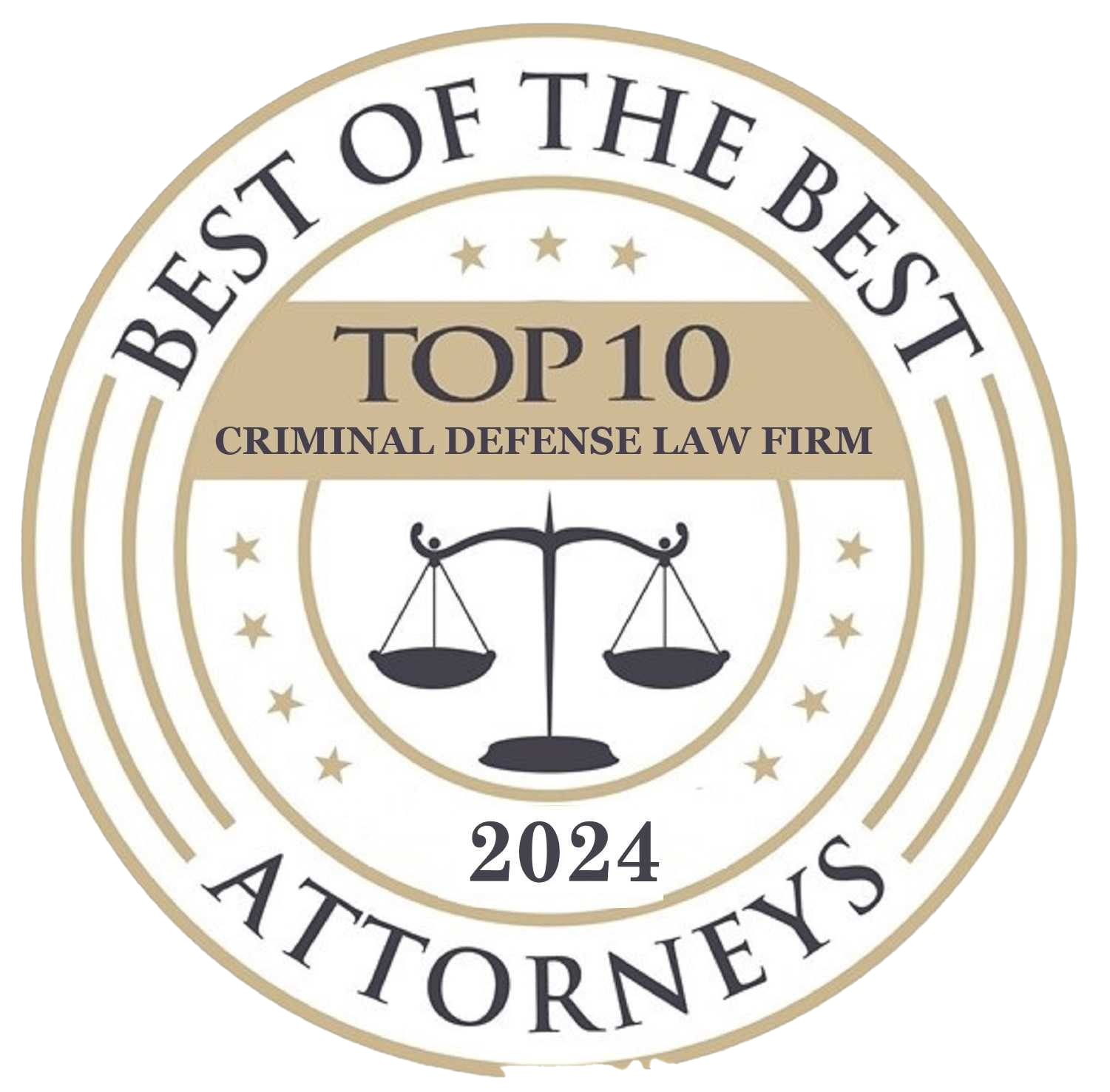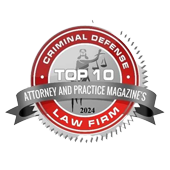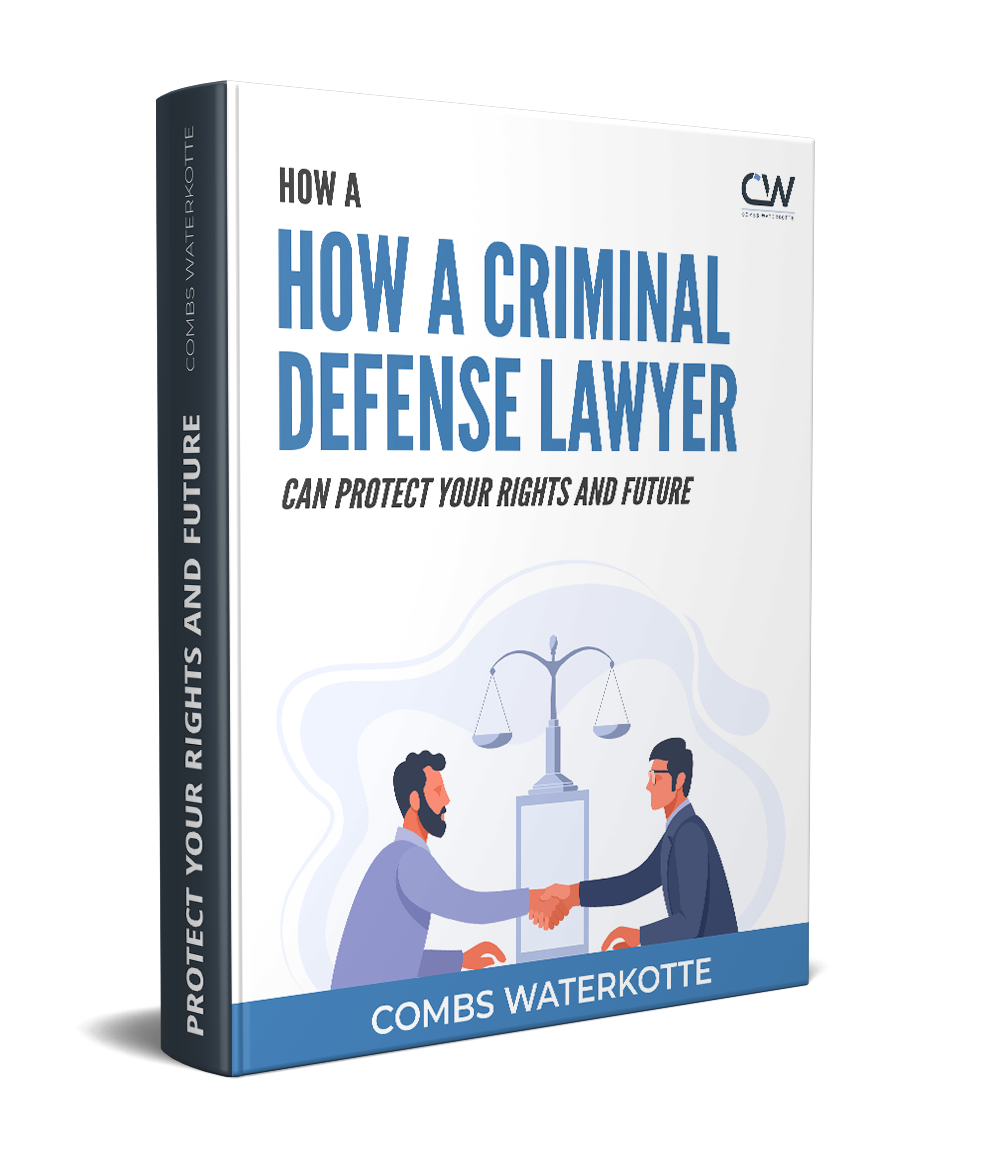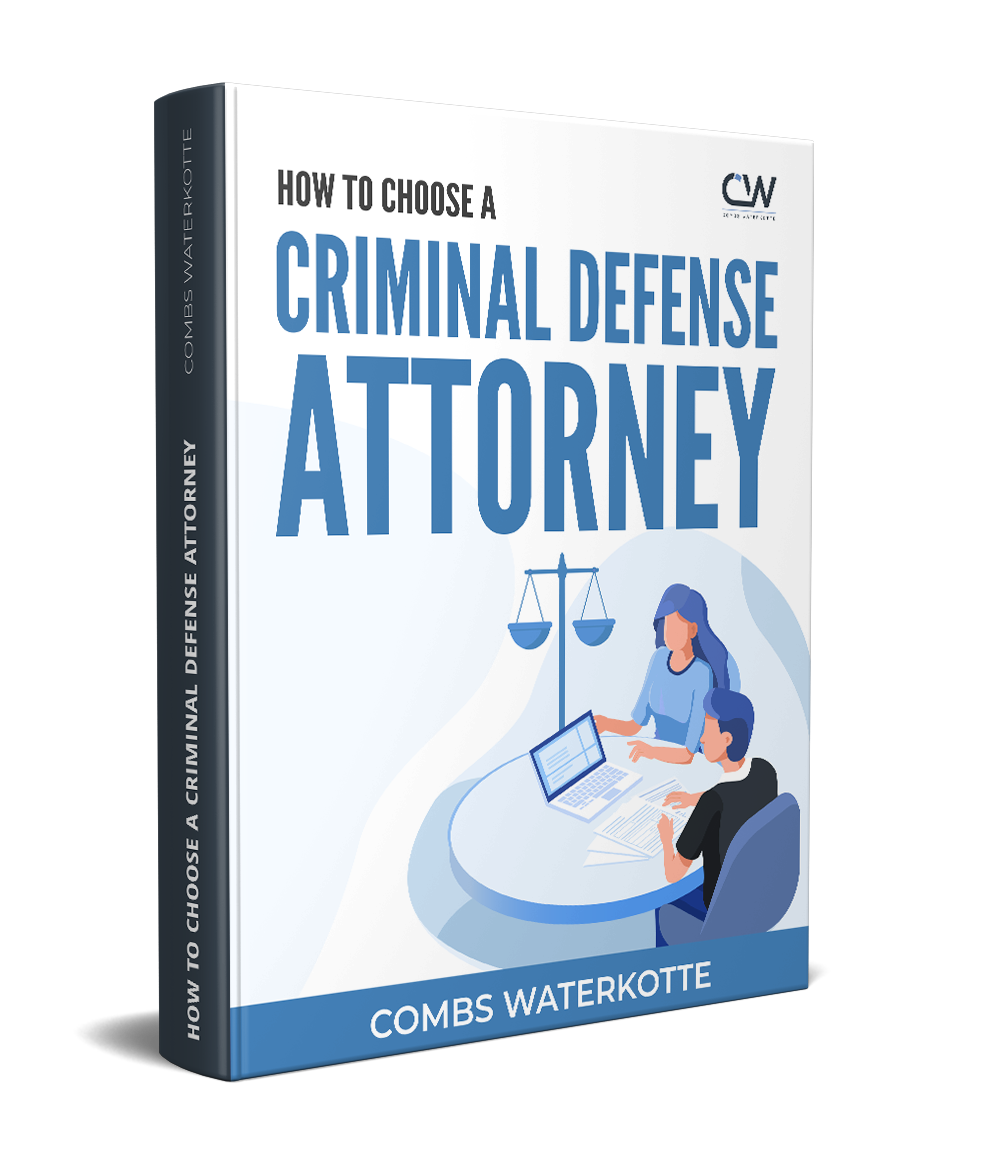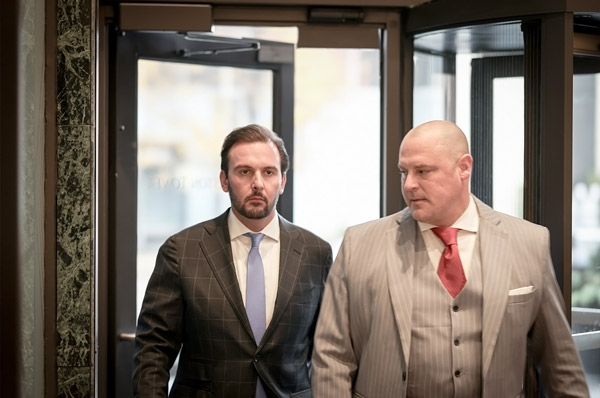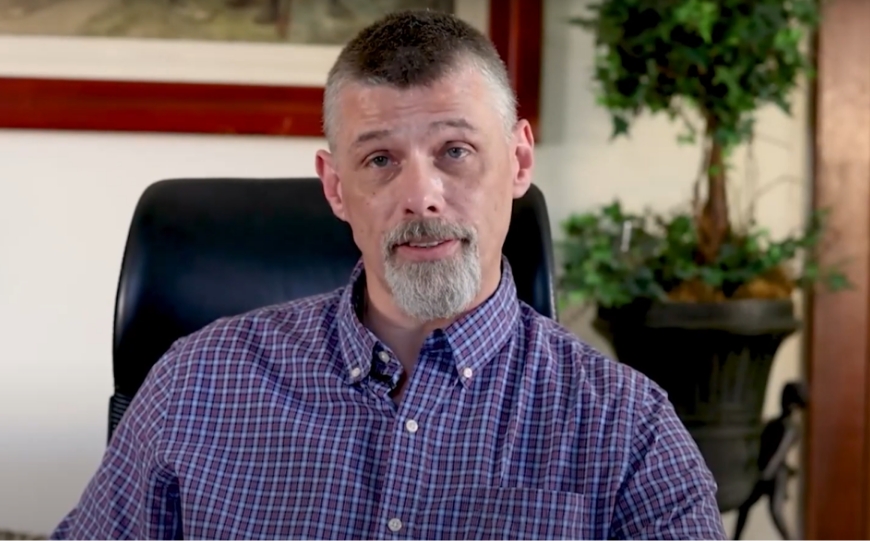
Missouri Statutes Governing Fleeing and Eluding Police
In Missouri, fleeing and eluding police is a serious offense, since it involves willfully disobeying a direct command by police. These offenses fall under Missouri Revised Statutes 575.150, which describes the laws that govern resisting or interfering with an arrest, detention, or stop. It is also important to note that the Supreme Court has ruled that individuals who are being detained for a traffic stop are not officially "in custody". This means they don't need to read your Miranda Rights which, in turn, means you need to be aware of your rights and how to protect yourself.
At Combs Waterkotte, we know your fleeing and eluding police case in St. Louis has its own unique ins and outs, and we're here for you. Call us at (314) 900-HELP for an immediate consultation.

Aggravating Factors
Sometimes fleeing and eluding is a more serious crime:
- Reckless Driving: Driving too fast, passing at high speed, or ignoring traffic lights during pursuit.
- Public Depredation: Threatening pedestrians, other vehicles, or passengers with rash actions.
- Damage to Property or Bodily Injury: Getting into an accident or injuring anyone while trying to escape.
- Impairment: Driving while under the influence of drugs and alcohol.
Common Scenarios Leading to Charges
Common inciting incidents for fleeing and eluding charges include accelerating during a traffic stop, failing to stop in time out of confusion, or appearing as though you are actively trying to avoid being pulled over by the police. Explicit fleeing can involve reckless driving or endangering others, which can increase the charge to a felony.
Other scenarios that commonly lead to charges include:
- An anxious driver overreacts during a traffic stop and drives off rather than pulling over.
- A misconception causes a driver to think that they don't have to yield to an unmarked police car.
- A person flees the police to evade prosecution for another crime, such as driving without insurance or driving on a suspended license.
Understanding the statutes surrounding fleeing and escaping police is essential to your protection. At Combs Waterkotte, we carefully review the evidence in your case to see if the charges make sense and to develop a defense that counters the state's allegations.
What to Expect From a Fleeing and Eluding Police Conviction in Missouri
The punishment for fleeing and eluding the police in Missouri may range from a fine and a suspension of your license to prison, depending on the severity of the crime. You can get hit hard even with a first-time misdemeanor conviction— and felony charges carry even worse consequences.
Misdemeanor vs. Felony Charges
- Class A Misdemeanor: Applies to the vast majority of first-time crimes for which no harm or risk to others was involved.
- Class E Felony: Assigned for reckless driving resulting in the destruction of property, or leading to death or serious bodily harm.
Potential Penalties
- Fines: Penalties for misdemeanor offenses can range from $1,500 to $2,000.
- Incarceration:
- A misdemeanor will put you in county jail for a year.
- A felony conviction will earn you between one and four years in state prison.
- Driver's License Consequences: Your license may be suspended or canceled for a long period.
- Vehicle Impoundment: Police can confiscate the car involved in the crime.
Secondary Consequences
Even after you're finished with your sentence, a conviction for fleeing and eluding police has far-reaching consequences:
- Insurance Premiums: Increased rates or even coverage denial.
- Difficulty Finding Work: Securing employment that demands a clean driving record might become difficult.
- Stigma: Convictions can create long-lasting social challenges and strain relationships.

Common Evidence in Fleeing and Eluding Police Cases
The prosecution must prove, in order to convict a person of fleeing and eluding the police, that the defendant recklessly ignored a clear signal to pull over their vehicle. This often takes the form of video recordings, confessions, and other evidence to demonstrate the defendant's actions and intent. Each piece of evidence matters to the prosecution's case but is also susceptible to questioning.
Dashcam Footage
One of the most common pieces of evidence used in fleeing or eluding cases is dashcam footage. This footage, shot from the pursuit car, usually includes the officer indicating to the suspect that they should stop using sirens, lights, or spoken orders. Accusations can point to the defendant's violations or tactics, such as speeding or taking sharp turns to avoid being caught.
Officer Testimony
Officer testimony is frequently used to establish what they observed during the incident. Law enforcement might report on the accused's driving behavior or actions taken to evade arrest. These statements aim to show that the defendant's actions were malicious and reckless.
Eyewitness Testimony
Prosecutors might also call on witnesses who observed the incident. These witnesses can offer insights into the defendant's behavior, such as attempts to evade the police or engage in reckless driving. However, eyewitness testimony is subject to distortion, differing perceptions, and lapses in memory, which defense attorneys can use to introduce reasonable doubt.
Surveillance Footage
Surveillance footage from traffic cameras or nearby security systems can provide additional perspectives on the chase. Such footage might capture key moments of the defendant running stop signs or weaving through traffic. However, this evidence can be unreliable due to poor camera angles, low resolution, or adverse weather conditions.
Defendant's Statements
Statements made by the accused during or after their arrest are often used to demonstrate intent. For example, an admission of trying to avoid the police can be cited as evidence of willful evasion. However, if Miranda rights were not provided or if the statements were coerced, the defense can challenge their admissibility.
Proving Intent
To convict someone of fleeing and evading, the prosecution must prove that the defendant purposefully disobeyed the officer's orders. This includes showing that the officer's instructions were clear and audible and that the defendant's actions—such as speeding or evasive maneuvers—indicated an intent to flee. Fear, confusion, or misunderstandings can complicate this proof, giving the defense a chance to challenge intent.
Defending Against Fleeing and Eluding Charges
To be charged with fleeing and eluding police is devastating, but having a solid defense can mean the difference. Here at Combs Waterkotte, we take every detail of your case into consideration to build a defense that is specific to your case. Defense strategies that we've found to be successful for these types of charges include:
Necessity
One legitimate defense is that the defendant's conduct was caused by a legitimate emergency. If the driver was on their way to a hospital for medical emergencies, for example, they may feel as though pulling over will put them or a loved one in immediate danger. Most courts are more lenient in cases where the accused was acting out of necessity rather than out of a desire to evade the authorities.
Fourth Amendment Violations
The Constitution guarantees freedom from illegal searches and seizures, including unwarranted traffic stops. If the initial stop was conducted without reasonable suspicion or evidence was obtained by a means contrary to the Constitution, the defense can move to suppress that evidence. Successfully challenging the stop, can tamp down the prosecution's argument or even lead to a dismissal of charges.
Lack of Intent
Intent is a key feature for a charge of fleeing and eluding police. In cases where the defendant's conduct wasn't deliberate, i.e., they panicked, lost their senses, or simply didn't know what was going on, charges may be reduced or dropped.
Here at Combs Waterkotte, we never cut a corner when it comes to your defense. From challenging the prosecution's evidence to arguing compelling other explanations, we are here to help you protect your rights and win the case by exploring all possible options.
Avoiding Fleeing and Eluding Charges
The best defense against being charged with fleeing and eluding the police is to be ready and understand what you are supposed to do during a traffic stop. Many of these charges are a result of misperceptions, anxiety, or bad communications, and can turn a day-to-day encounter into a legal nightmare.
Pull Over Immediately and Safely
When you are pulled over by a police officer— via sirens, lights, or spoken orders—it is essential to pull over as soon as it's safe to do so. Stop your car in a lighted spot or on the nearest shoulder. Drive slowly while looking for a safe spot to pull over and flash your hazard lights to show compliance.
Remain Calm and Composed
Even if you're a nervous driver, keeping your cool can save you from mistakes. Make sure your hands are on the steering wheel and do not make sudden movements that might alarm the officer. If you need to reach for something, like your license or registration, inform the officer beforehand to prevent misunderstanding.
Follow Instructions
Listen to and obey the officer's instructions to the best of your ability. Treat them with respect and provide the requested documentation, such as your driver's license and insurance documentation. If you feel your rights are being violated, raise the matter with your attorney later rather than arguing on the spot.
Know Your Rights
It's important to know your rights before being pulled over. For example, you can refuse to answer questions or permit a vehicle search unless the officer has probable cause or a warrant. Don't hesitate to ask for clarification or assert your right to speak with an attorney before proceeding.
Avoid Escalation
Even if you disagree with the officer or believe the stop is unwarranted, don't escalate the situation. Speeding away, resisting, or disobeying commands can escalate a minor incident into a serious criminal offense. If you feel mistreated, document the interaction later rather than reacting in the moment.




